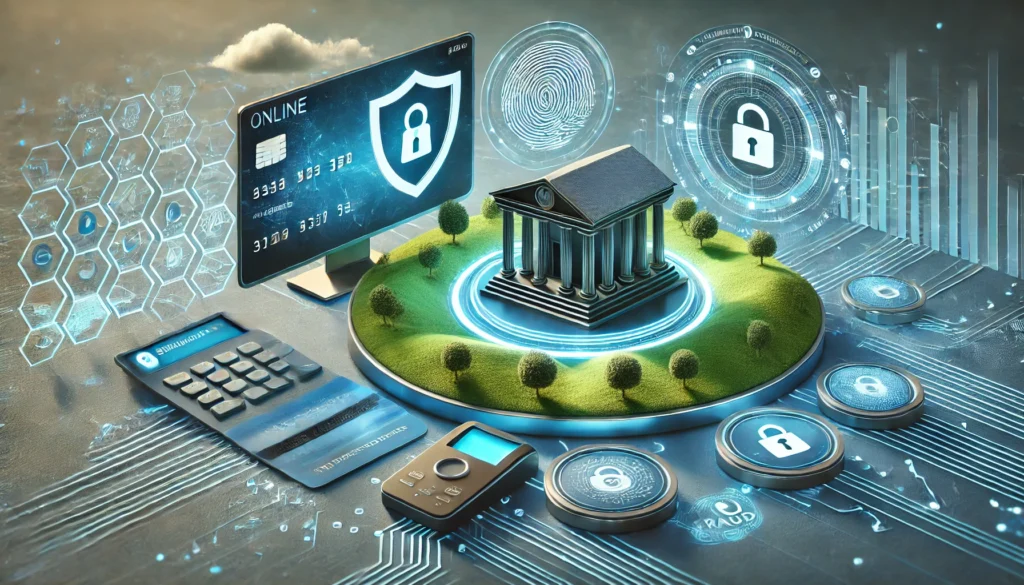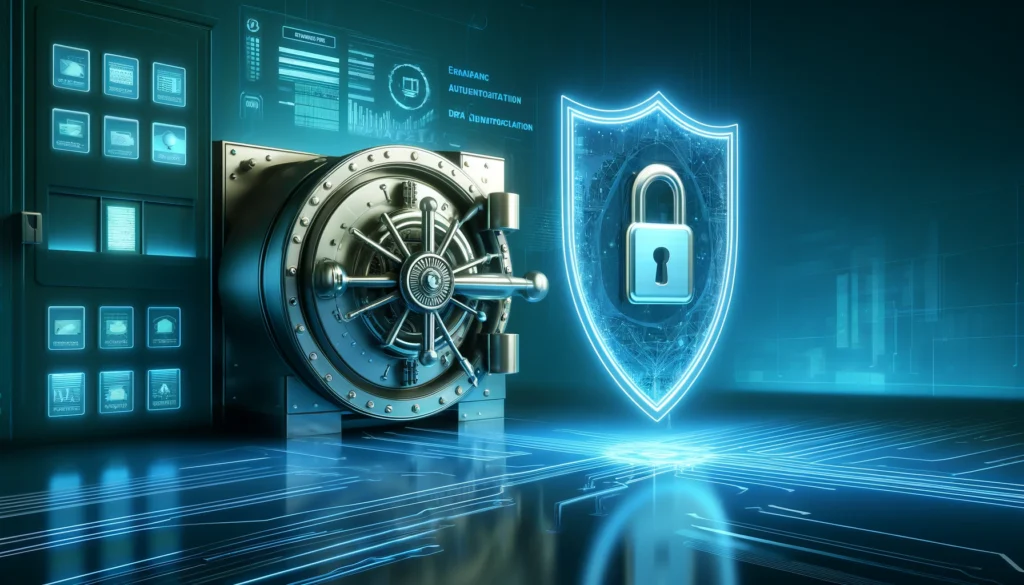As digital banks, or neobanks, continue to grow in popularity, one question remains top of mind for many users: Are digital banks safe? With no physical branches and entirely online operations, neobanks rely heavily on technology to protect your money and personal information. Digital bank security is paramount in ensuring users’ confidence in these financial institutions.
In this blog post, we’ll take a deep dive into the digital bank security measures that keep your funds safe, explore how neobanks handle fraud protection, and highlight the safest online banks in 2025. Whether you’re a seasoned neobank user or considering making the switch, this guide will help you understand the security landscape of digital banking.
How Digital Banks Protect Your Money
Neobanks use a combination of advanced technologies and regulatory compliance to ensure your money and data are secure. Here’s a breakdown of the key digital bank security measures:
1. Encryption
Encryption is the foundation of online security. Neobanks use advanced encryption protocols, such as AES-256, to protect your data during transmission and storage. This ensures that even if hackers intercept your information, they can’t read it.
2. Two-Factor Authentication (2FA)
2FA adds an extra layer of security by requiring a second form of verification, such as a fingerprint, facial recognition, or a one-time code sent to your phone.
3. Biometric Login
Many neobanks, like Revolut and N26, use biometric authentication (e.g., fingerprint or facial recognition) to ensure only you can access your account.
4. Real-Time Fraud Detection
Neobanks use machine learning algorithms to monitor transactions for unusual activity. If a transaction seems suspicious, the system can flag it and notify you immediately.
5. Regulatory Compliance
Most neobanks are regulated by financial authorities and adhere to strict security standards. In the U.S., for example, neobanks often partner with FDIC-insured banks to protect deposits up to $250,000.
Neobank Fraud Protection: How It Works

Fraud is a major concern for any financial institution, but neobanks are leveraging technology to stay ahead of cybercriminals. Here’s how they protect you:
1. Transaction Monitoring
Neobanks use AI to analyze your spending patterns and detect anomalies. For example, if a transaction occurs in a foreign country or exceeds your usual spending limit, the system can flag it for review.
2. Instant Notifications
Real-time alerts keep you informed about every transaction, so you can quickly spot and report unauthorized activity.
3. Card Controls
Many neobanks allow you to freeze or unfreeze your card instantly through their app. You can also set spending limits or disable certain types of transactions (e.g., online purchases).
4. Zero Liability Policies
Most neobanks offer zero liability protection, meaning you won’t be held responsible for unauthorized transactions as long as you report them promptly.
Safest Online Banks in 2025
Here are some of the safest online banks that prioritize digital bank security and fraud protection:
1. Revolut
Revolut is known for its robust security features, including biometric login, real-time transaction alerts, and disposable virtual cards for online shopping.
2. N26
N26 uses advanced encryption and AI-driven fraud detection to protect your account. It also offers biometric authentication and instant card freezing.
3. Chime
Chime provides FDIC insurance, real-time transaction alerts, and the ability to disable your card instantly through its app.
4. Monzo
Monzo uses machine learning to detect fraud and offers features like instant notifications and spending controls.
5. Varo
Varo combines FDIC insurance with advanced security measures, including encryption and 2FA, to keep your money safe.
How to Protect Yourself When Using Digital Banks
While neobanks invest heavily in security, there are steps you can take to further protect your account:
1. Use Strong Passwords
Create unique, complex passwords for your neobank account and change them regularly.
2. Enable Two-Factor Authentication
Always enable 2FA to add an extra layer of security.
3. Monitor Your Account
Check your account regularly for unauthorized transactions and set up real-time alerts.
4. Avoid Public Wi-Fi
Never access your neobank account over public Wi-Fi networks, which are often unsecured.
5. Keep Your App Updated
Always update your neobank’s app to ensure you have the latest security patches.
For more cybersecurity tips, visit CSO Online’s cybersecurity guide.
Regulatory Protections for Digital Banks
In addition to their own security measures, neobanks are often backed by regulatory protections. For example:
- FDIC Insurance: In the U.S., most neobanks partner with FDIC-insured banks to protect deposits up to $250,000.
- PSD2 Compliance: In the EU, neobanks must comply with the Revised Payment Services Directive (PSD2), which includes strong customer authentication requirements.
For more information on financial regulations, visit the FDIC’s official website.
The Future of Digital Bank Security

As cyber threats evolve, so do the security measures of neobanks. Here are some trends to watch in 2025 and beyond:
1. AI and Machine Learning
AI will play an even bigger role in detecting and preventing fraud, with more advanced algorithms and predictive analytics.
2. Blockchain Technology
Some neobanks are exploring blockchain to enhance transaction security and transparency.
3. Biometric Advancements
Facial recognition and fingerprint scanning will become even more sophisticated, making it harder for fraudsters to bypass security.
4. Decentralized Finance (DeFi)
DeFi platforms could offer new ways to secure and manage digital assets, though they come with their own risks.
Conclusion
So, are digital banks safe? The answer is yes—as long as you choose a reputable neobank that prioritizes digital bank security and fraud protection. With advanced encryption, real-time monitoring, and regulatory safeguards, neobanks are just as secure as traditional banks, if not more so.
By following best practices and staying informed, you can enjoy the convenience and innovation of digital banking with confidence. For more insights, visit CSO Online and the FDIC.
For more tips and insights on managing your finances securely, check out our post on Why Everyone is Switching to Neobanks: What You’re Missing Out On



